calsfoundation@cals.org
Wynne (Cross County)
County Seat
| Latitude and Longitude: | 35º13’28″N 090º47’12″W |
| Elevation: | 255 feet |
| Area: | 8.99 square miles (2020 Census) |
| Population: | 8,314 (2020 Census) |
| Incorporation Date: | May 29, 1888 |
Historical Population as per the U.S. Census:
|
1810 |
1820 |
1830 |
1840 |
1850 |
1860 |
1870 |
1880 |
1890 |
1900 |
|
– |
– |
– |
– |
– |
– |
– |
– |
565 |
1,629 |
|
1910 |
1920 |
1930 |
1940 |
1950 |
1960 |
1970 |
1980 |
1990 |
2000 |
|
2,353 |
2,933 |
3,505 |
3,633 |
4,142 |
4,922 |
6,696 |
7,927 |
8,187 |
8,615 |
|
2010 |
2020 | ||||||||
|
8,367 |
8,314 |
Wynne is located with the west slope of Crowley’s Ridge to the east and the L’Anguille River on the west side of town. Wynne started off as a small railroad town but soon became the county seat of Cross County. In the last 100 years, the city of Wynne has progressed and is now a great attraction for industry, recreation, and is becoming a popular place to reside. The newest attraction to Wynne is the twenty-seven-hole golf course at Village Creek State Park.
Reconstruction through the Gilded Age
The town can date its history to 1882, when the St. Louis, Iron Mountain and Southern Railroad laid tracks in the area. A train derailed and left behind a boxcar, which was turned upright and named Wynne Station. The town was named for Captain Jesse Wynne of Forrest City (St. Francis County); he was influential in starting Forrest City’s first bank, the Bank of Eastern Arkansas (now the First National Bank of Eastern Arkansas, which operates in Forrest City and Wynne).
Wynne became the headquarters for construction of the railroad being built from Bald Knob (White County) to Memphis, Tennessee, in the summer of 1885, and developed into a “typical Western town.” With five saloons in Wynne, men working with the railroad drank and gambled for leisure. By 1887, Wynne had grown with six general stores, seven groceries, two drug stores, two hotels, three doctors, one jeweler, one blacksmith, one lawyer, a gent’s furnishing store, two saloons, two barbers, and two meat markets. Development slowed on September 2, 1887, when a fire destroyed more than two-thirds of the town’s business district. Damage was estimated at $200,000, but the buildings were quickly rebuilt.
In 1888, Lon D. Freeman established the town’s first newspaper, the Wynne Ripsaw. Around 1904, it was bought by a stock company and renamed the Wynne Progress. The Cross County Democrat was established around 1895. It was operated by T. E. Wood through most of the early 1900s until its consolidation with the Blade Exchange. The Blade Exchange was established around 1900. The two papers together were published by Fred O. Cogbill and called the Blade-Democrat. In 1910, it was then taken over by J. W. Bolin and renamed the Cross County Democrat. Frank Jones then became the owner, renaming the paper again as the Wynne Star. In 1924, this paper was consolidated with the Wynne Progress. The Wynne Progress became a weekly paper with C. O. Wahlquist as editor-publisher. The Wynne Star (later known as the Wynne Daily Star-Progress) became a daily paper with Jones as editor-publisher.
The two papers went through several owners and stock companies. For a time, only one weekly paper was published for Wynne. The Wynne Progress is still producing two weekly papers: The Wynne Progress and The East Arkansas Newsleader.
Also in 1888, the east-west line of the St. Louis, Iron Mountain and Southern Railroad was finished. This location was called Wynne Junction, and later that year, the town was incorporated as Wynne. It is not known why it was named for Captain Wynne.
In June 1892, an unidentified African American man was lynched in Wynne for allegedly assaulting a young girl. Later that year, a man named Allen Carter was lynched for allegedly assaulting his own daughter. In November 1902, another man, Elias Wells, was lynched for allegedly attacking a railroad conductor.
Early Twentieth Century
By 1903, the county seat moved from Vanndale to Wynne. Wynne had grown larger than Vanndale, and with its railroad connections, it was easier to access for many people. The courthouse was built in 1905.
In 1897, the first telephone system came to Wynne. By 1955, more than 1,500 people had telephone lines via the Wynne Exchange. Between 1918 and 1926, water and light companies were built and major streets were paved. In 1929, the Cherokee Public Service Company was the first to supply natural gas, but it was not until 1954 that the city actually received these services from the Mid-South Gas Company.
Wynne had schools dispersed throughout the community dating back to 1886, but in 1902, a two-story brick school was built to serve all grades. When a high school was built in 1950, the original building was used for elementary grades. There were also several community schools for children living outside of town. From 1896 until 1902, a Catholic School called St. Anselm’s School was also located in Wynne. From 1901 to 1924, Wynne Normal and Industrial Institute served the Black community for primary and secondary school.
A major bottling company was originated in Wynne in 1907. This company went through several owners before becoming the Nehi-Royal Crown Bottling Company in 1940. It bottled drinks such as Coca-Cola for a short time during its first years of establishment under Will Snowden. In 1924, G. G. Dorris bought the company and incorporated the Royal Crown products and, for a short time, bottled Dr Pepper. This company began bottling for Nehi-Royal cola and became one of the top bottling companies serving northeast Arkansas.
A few of the first establishments in Wynne are still in business. Among these are Graham Hardware, established in 1917, and Kernodle Funeral Home in 1927.
Wynne was a railroad town for most of its early history. During the Flood of 1927, the railroad was used to transport people to higher ground. The railroad set up tent cities in Wynne. Flood victims came in on the train’s boxcars, and local citizens assisted in feeding and caring for them.
As part of the New Deal programs during the Great Depression, artists were paid to travel and place section murals in local post offices that depicted the environment of that area. In 1938, a Colorado artist, Ethel Magafan, and her twin sister, Jenne, placed the mural “Cottonpickers” in the Wynne Post Office. The mural was sketched on site as Ethel Magafan observed the work being done. This was one of twenty-one murals placed in Arkansas post offices. The “Cottonpickers” mural is one of nineteen murals that still exist in Arkansas. It can be seen still hanging above the post master’s door in the Wynne Post Office. The Works Progress Administration (WPA) completed several projects in Wynne; among these was the Women’s Progressive Club.
World War II through the Faubus Era
During World War II, the railroads in Wynne saw more action as approximately twelve troop trains came through town every thirty minutes. Members of the Missouri Pacific Women’s Booster Club served sandwiches, doughnuts, and coffee to the troops. They also collected post cards and letters to be mailed. William H. Thomas, a native of Wynne, was posthumously awarded the Medal of Honor for “magnificent courage” and “heroic devotion to duty” while fighting against the Japanese in the Philippines. He is buried overseas.
World War II led to a shortage of farm workers in Wynne. In 1944, local citizens met to discuss this problem and agreed to receive German prisoners of war. By June 5, 1944, three hundred POWs had arrived and were available to work on local farms. A camp was established to house 600 prisoners but was reported to have housed around 2,000 at one time. These prisoners worked on local farms and helped to build the sewer and water systems located west of Wynne. They also worked on the Gibbs-Harris rice dryer, the first rice dryer in Cross County and among one of the first in the state, and built a rice dryer in Wheatley (St. Francis County). Hundreds of POWs were dispersed around the county to work. The novel Summer of My German Soldier, written by Bette Greene, was based on childhood memories about these same prisoners working in nearby Parkin (Cross County).
The Rolfe, McElroy, Hamlin, and New Hope districts (all in Cross County) consolidated with the Wynne School District in the 1940s. A separate high school and elementary school, known as the Childress schools, were used for Black children in the district. After the Civil Rights Act was passed in 1964, the Wynne Public Schools adopted a “Freedom of Choice” policy that allowed the students to decide where they wanted to attend. However, in 1971, the Wynne schools and Childress schools were desegregated and combined.
Modern Era
The last passenger trains came through Wynne on August 28, 1965, signaling the decline of the railroad era and the rise of improved highways for the transportation of people and freight. Wynne still continues to grow. Today, it has several retail businesses, a community hospital, and five major manufacturers: Addison Shoe Company, Carwell Elevator Company, Inc., Mueller Cooper Tube, McKnight Milling Company, Wynne Exhaust Distributors, and Fulbright & McNeill Incorporation (FMI). Agriculture is also a leading industry that includes rice, soybeans, wheat, cotton, milo, and corn. Producers Rice Mill, Inc., one of the leading rice suppliers, with eleven plants throughout Arkansas and two in Mississippi, has a plant in Wynne.
During the 2005–06 school year, the Parkin School District was annexed with the Wynne School District. The Wynne schools received over a hundred students from the Parkin School District. Today, Wynne has four campuses and one school district serving an estimated 3,000 students.
Wynne’s largest attraction is Village Creek State Park. Opened in 1976, Village Creek is approximately 7,000 acres located about five miles outside of Wynne on Crowley’s Ridge. Village Creek is the second largest state park in Arkansas. The park serves visitors from all over the world, offering them a little piece of nature, history, and recreation. The park opened a renovated golf course in May 2012.
Wynne has a 100-acre sports complex with baseball, softball, and soccer fields and a horse arena. The county has two rivers and many small lakes and ponds. Crowley’s Ridge Country Club is also located a couple miles outside of the Wynne city limits. A bowling alley and community pool are also available. The town hosts a Farm Fest celebration each spring, the Cross County Wildlife Expo, and the Fine Swine Bar-B-Q.
The Caboose Museum is in the Jess W. Wallin Memorial Park. The caboose was donated by the Union Pacific Railroad; it displays memorabilia of Wynne’s railroad days. The Cross County Veterans Memorial Monument and Museum is on the grounds of the Cross County Courthouse. This museum displays memorabilia donated from veterans and others in the community to remember the veterans from the Civil War to the present who have served from Cross County. Wynne has a new county museum, directed and established by the Cross County Historical Society, located on the grounds of the Cross County Courthouse. The structure was originally one of the first schools in Wynne.
On March 31, 2023, Wynne was struck by a tornado, part of a larger outbreak that affected multiple communities in Arkansas, killing four people and damaging a large portion of Wynne; the high school and adjoining football field were destroyed.
Attractions and Notable Residents
Listed on the National Register of Historic Places are Wholesale Commercial Historic District and the East Hamilton Avenue Historic District. Wynne is also one of nineteen locations where Depression-era post office art may be viewed. Women’s college basketball star Bettye Fiscus grew up in Wynne.
For additional information:
Chowning, Robert W. History of Cross County, Arkansas 1955. Wynne, AR: Wynne Progress, 1955.
Cross County Chamber of Commerce and Economic Development Corporation. http://www.crosscountychamber.org/ (accessed September 30, 2022).
Cross County Historical Society. https://www.crosscountyar.org/museum (accessed September 30, 2022).
Jimmie James Collection. Cross County Library, Wynne, Arkansas.
Kimberly Seabaugh
Wynne, Arkansas
 Cross County Courthouse
Cross County Courthouse 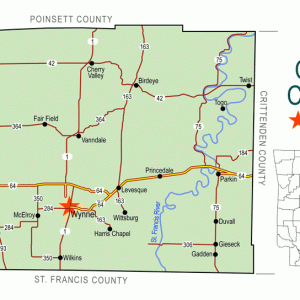 Cross County Map
Cross County Map  East Hamilton Avenue Historic District
East Hamilton Avenue Historic District 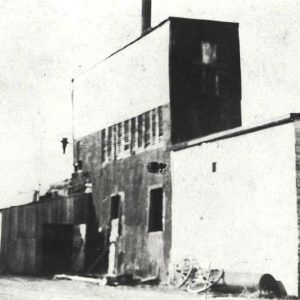 Howell Company
Howell Company 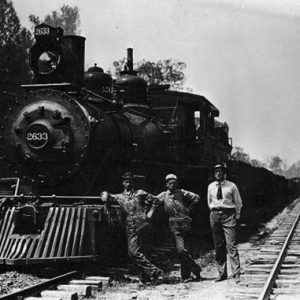 MoPac Locomotive
MoPac Locomotive  Night Riders Article
Night Riders Article  South Elementary School (Wynne)
South Elementary School (Wynne) 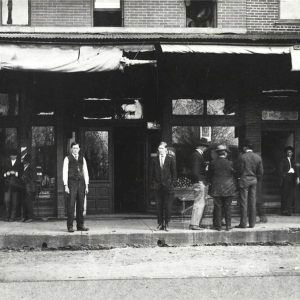 Star Tobacco Shop
Star Tobacco Shop 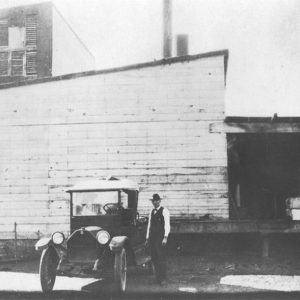 Terry Ice Plant
Terry Ice Plant  Woman's Progressive Club
Woman's Progressive Club 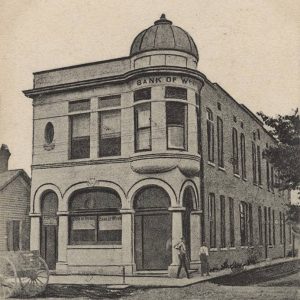 Wynne Bank
Wynne Bank  Wynne Butcher
Wynne Butcher  Wynne Butcher
Wynne Butcher  Wynne Concert Band
Wynne Concert Band 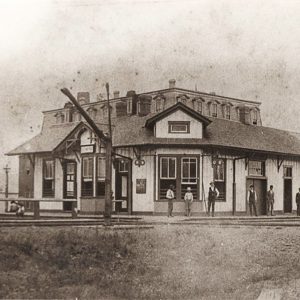 Wynne Depot
Wynne Depot 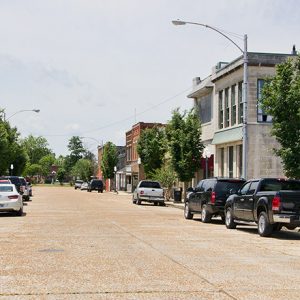 Wynne Historic District
Wynne Historic District 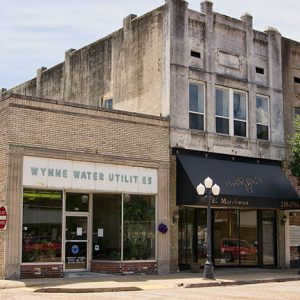 Wynne Municipal Waterworks
Wynne Municipal Waterworks 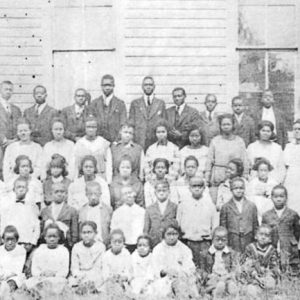 Wynne Institute
Wynne Institute 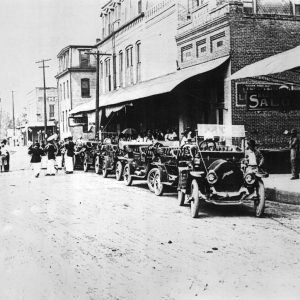 Wynne Parade
Wynne Parade  Wynne Post Office
Wynne Post Office 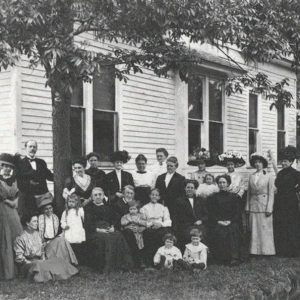 Wynne Society
Wynne Society 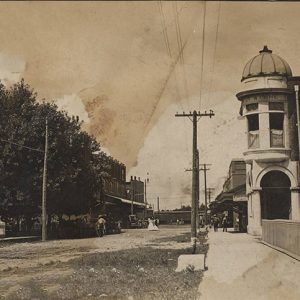 Wynne Street Scene
Wynne Street Scene 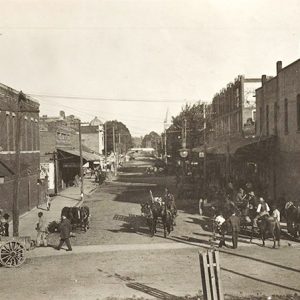 Wynne Street Scene
Wynne Street Scene  Wynne Street Scene
Wynne Street Scene 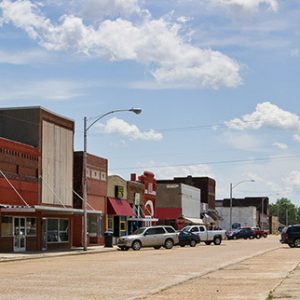 Wynne Street Scene
Wynne Street Scene 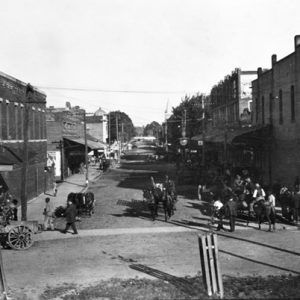 Wynne Street Scene
Wynne Street Scene 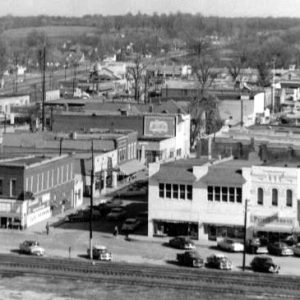 Wynne Street Scene
Wynne Street Scene 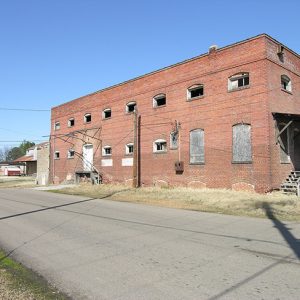 Wynne Wholesale Commercial Historic District
Wynne Wholesale Commercial Historic District 



Thank you for writing such a great and informative article. This time of year (Christmas) makes me miss home so much, and this article really put a smile on my face. I still miss Wynne; hopefully I’ll be home soon.